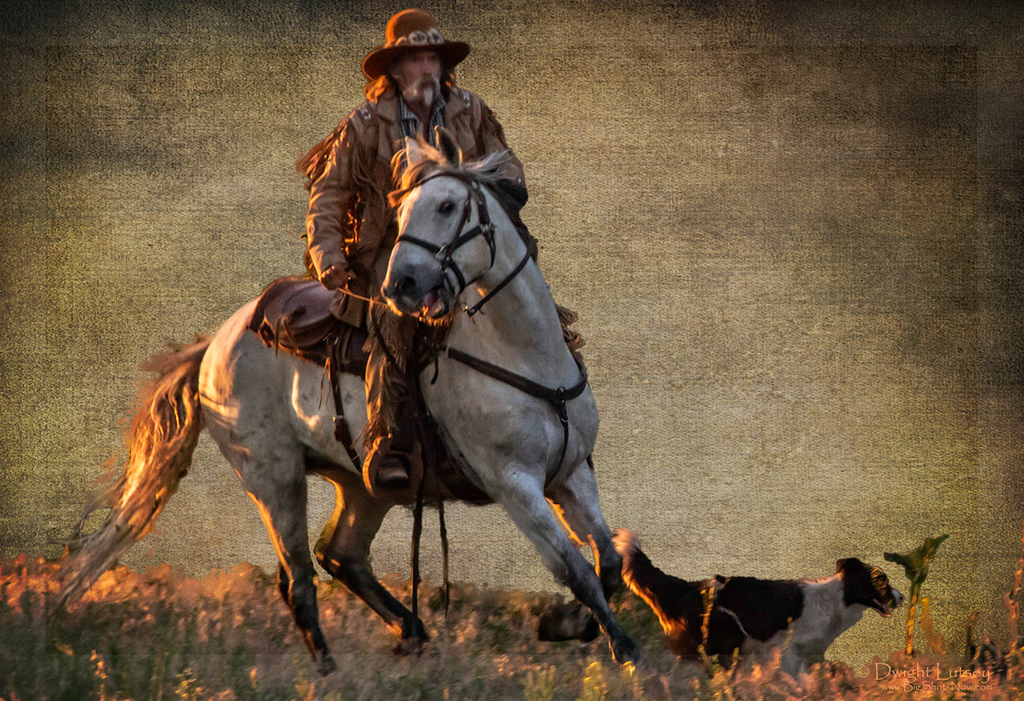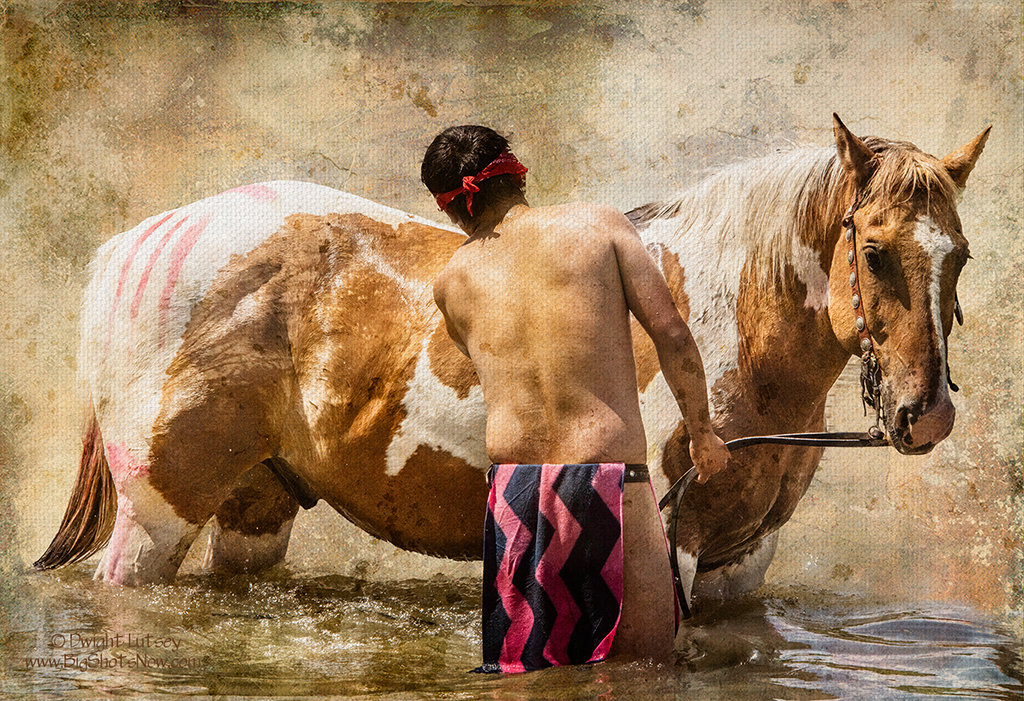
Earlier that week a small band of Sioux led by Bloody Otter and five of his braves jumped the reservation and headed out onto the plains. Raging with battle lust, anxious to be tested, they wanted a fight and the honor and valor they could earn. To a man they were ready and looking for scalps. They found some and after a short and bitter fight removed them from a group of buffalo hunters that had the poor fortune of being too engrossed in skinning and stacking the hides of their recently harvested animals instead of setting a watch. It was a short battle for the braves but an eternity for the buffalo hunters. Flushed with their victory and the Sharps rifles and other spoils they had acquired they set off again for more easy pickings.
The scout had cut their trail several times over the week and followed them until he found what was left of the buffalo hunters. Seeing that they had picked up and armed themselves with the new .50 caliber Sharps that the buffalo hunters carried, some of which even had the new Creedmore Tang sights, he was wary of getting too close. Those guns could take down a buffalo at well over 800 yards. A man wouldn’t stand a chance if he got hit with that slug that weighed a little over and ounce and a half. Although the Indians weren’t really known for being expert marksman, one hit from the Sharps would end the day for him even if it was just a flesh wound.
It was up to him to get word back to the troops that were several miles behind him. They would be in for a rough go of it if they walked into a trap facing those Sharps. The trick was to see and not be seen. It was fast approaching dusk and the sun was behind him, its light spinning the grasses into gold and highlighting everything in its warm glow. The war party was just cresting the second hill back a quarter-mile or so making their outlines crisp and sharp on the ridgeline, the sun in their eyes, when Dotter barked once and faced towards the hills. That was all the warning the scout needed. He pulled up short, checked once to make sure they hadn’t seen him and rode like all the devils in hell were after him, which had they seen him they would have been, and headed back to where the main party of troops would be camped.
This deadly game of hide and seek was played out many times as the battles and skirmishes took place during the middle to late 1800’s. Sometimes the Indians won sometimes not. Toward the end of the century, outnumbered, outgunned, it was mostly not.



You must be logged in to post a comment.